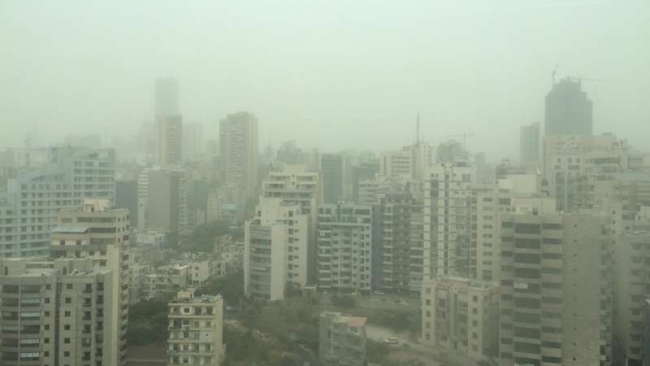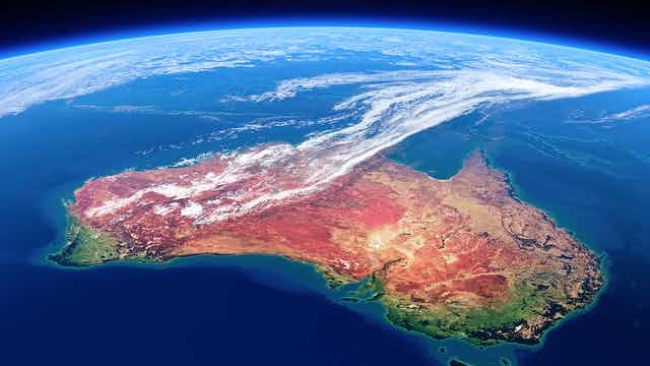Giant Middle East dust storm caused by a changing climate, not human conflict

In August 2015, a dust storm blanketed large areas of seven Middle East nations in a haze of dust and sand thick enough to obscure them from satellite view. The storm led to several deaths, thousands of cases of respiratory ailments and injuries, and canceled airline flights and closed ports.
At the time, the storm's unusual severity was attributed to the ongoing civil war in Syria by media outlets in the Middle East, Europe and the United States. Reports blamed the conflict for changes in land use and cover—and for activities like increased military traffic over unpaved surfaces and farmers reducing irrigation or abandoning agricultural land—that created extreme amounts of dust to fuel the storm.
Now, a team of researchers including Elie Bou-Zeid an associate professor of civil and environmental engineering at Princeton who experienced the storm while in Lebanon, have found a more likely cause for the unprecedented storm—it was not human conflict, but a combination of climatic factors and unusual weather.
While reduced vegetation cover and soil disturbance can make more sediment available for emission in dust storms, the researchers say, the widely reported link between the storm and the fighting in Syria was untested and lacked empirical support. "The reports suggesting that this was related to the conflict in Syria were not supported by any research," Bou-Zeid said. "It was just hypotheticals thrown into the air."
As the storm got more attention, Shmuel Assouline of Israel's Agricultural Research Organization and Bou-Zeid emailed several colleagues and suggested they look into the cause of the storm.
For their study, published Nov. 8, 2016, in Environmental Research Letters, the researchers first analyzed vegetation cover data for the months leading up to the storm to see if the Syrian conflict had really changed the land cover that much. "These observations told us that the normalized difference vegetation index (NDVI)—which is kind of a measure of how 'green' the surface is, how much vegetation there is—was not abnormally low," Bou-Zeid said. "So, there was nothing to suggest that during this particular period there was less greenery or agriculture in the region than normal." In fact, the storm-struck region's vegetation cover was nearly twice as high last year than the 2007-2010 average, and also greater than the 2001-2007 average.
After gathering data on surface air temperature, humidity and wind speed, and running meteorological simulations for the region before, during and after the storm using the Weather Research and Forecasting (WRF) model, the researchers say that climate, not conflict, led to the conditions that made the storm possible.
Bou-Zeid and Assouline's co-authors on the paper, "Climate, not conflict, explains extreme Middle East dust storm," were Anthony Parolari from Marquette University, Dan Li from Boston University and Gabriel Katul from Duke University.
Source: Phys.org
Mon 16 Jan 2017 at 07:14




.png)
.png)